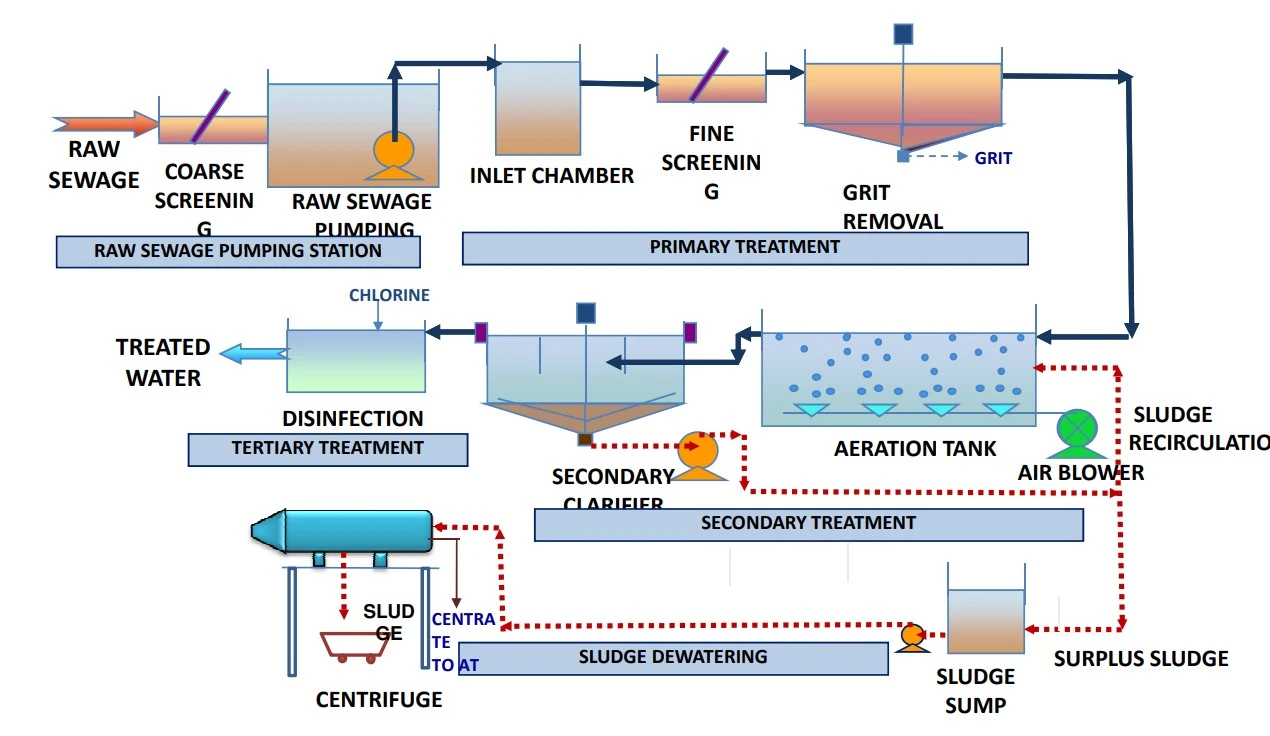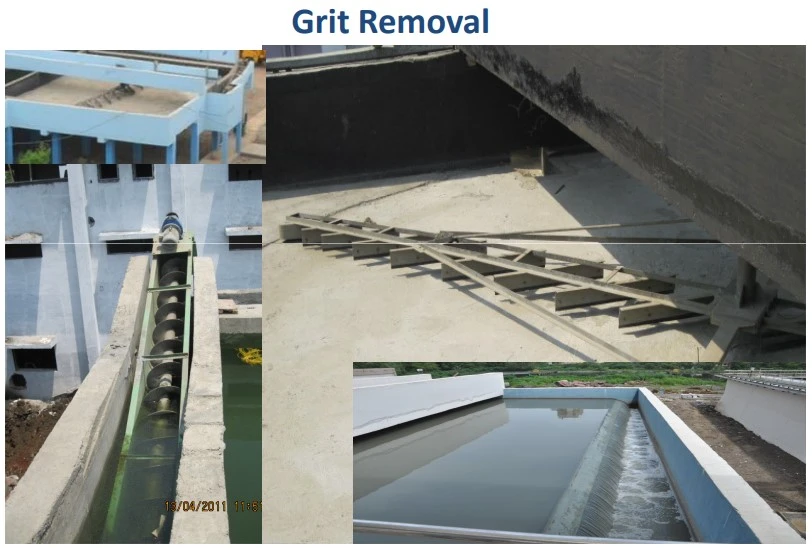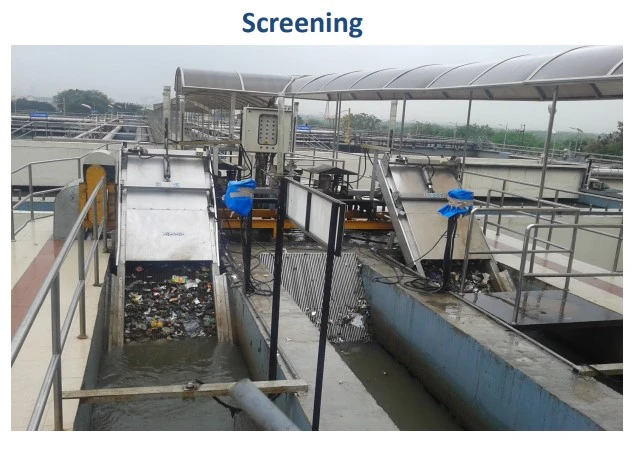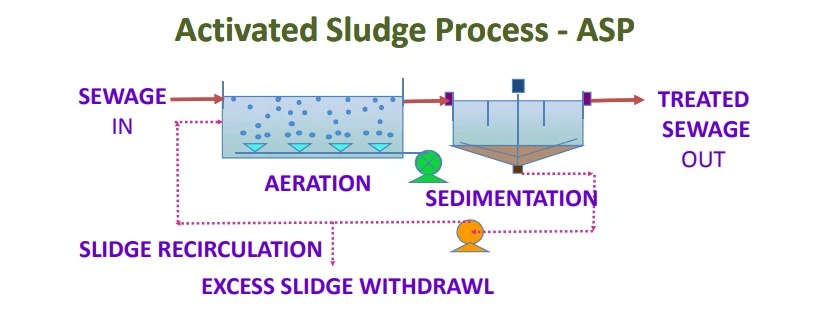Table of Contents
Sewage Treatment Plant, also known as a WTP (Wastewater Treatment Plant), treats wastewater, removing pollutants before they are released into the environment. An STP works in two-stage treatment processes to produce an effluent suitable for discharge or reuse, preventing water pollution from raw sewage discharges. The plant is crucial in preventing water pollution caused by untreated/raw sewage.
STP Plant Benefits
Here are some of major benefits that an STP provides:
- Environmental Protection: Sewage treatment plants prevent pollutants and contaminants from entering water bodies, thereby protecting aquatic ecosystems and maintaining water quality.
- Public Health: By removing pathogens and other harmful substances, sewage treatment plants ensure that the water we drink and use for bathing is safe and free from health risks.
- Water Reuse: Treated water from sewage treatment plants can be reused for various purposes, such as irrigation, industrial processes, and even drinking water supply.
- Sludge Management: Sewage treatment plants manage the sludge produced during treatment, converting it into biosolids that can be used as fertilizers, reducing the need for chemical fertilizers and minimizing waste disposal issues.
- Community Health: Proper sewage treatment reduces the risk of waterborne diseases and prevents the spread of diseases through contaminated water.
- Economic Benefits: Effective sewage treatment plants help maintain economic stability by reducing the costs associated with waterborne disease outbreaks and environmental damage.
How does a sewage treatment plant work?
A wastewater treatment plant treats wastewater through physical, biological, and chemical processes to remove contaminants and produce clean, safe effluent for discharge or reuse. This process has three steps:

Image: Sewage Treatment Process
Preliminary Treatment
The incoming wastewater is collected in a tank and pushed through various screens (filters) to remove biosolids and other solid wastes. The water is further pushed through filters for grit removal. In the primary stage, sedimentation tanks separate solids from the liquids. In these tanks, gravity forces solids to settle at the bottom, allowing liquid flow to further stages.
The solids settled at the bottom are called sewage sludge/slurry. This is further processed under sludge treatment to reuse as fertilizers.

Grit removal in a sewage treatment plant removes sand, gravel, and other heavy particles from wastewater. This is one of the preliminary steps in the sewage treatment process.
Secondary treatment
In the secondary treatment, two popular processes are activated sludge (aerated ponds) and filter beds. The filter beds have good bacteria that break down the waste water's organic contaminants (pathogens). The secondary treatment water is often low-risk, released into the environment, or repurposed for irrigation and other industrial processes.
Tertiary Treatment
The water in the secondary treatment is safe and clean; however, it is further processed in the tertiary treatment to meet high-quality standards before its release into protected waters.
In tertiary, water treatment is based on the purpose of the water. Water will be disinfected, and minerals will be added if used for drinking or other purposes. The traditional tertiary treatment includes the following steps:
- Microfiltration: In this step, the water is passed through a filter with tiny holes at very high pressure, leaving behind any minute contaminants like bacteria, suspended solids, and viruses, ensuring clean water passes onto the next stage.
- Ion Exchange: In this step, water is treated using positive and negative ions. The water from microfiltration with unwanted ions like calcium and magnesium is neutralized using positive and negative ions, reducing the hardness of water.
- Activated Carbon Absorption: The activated charcoal absorbs organic compounds like chlorine and other impurities, allowing only clear water to pass through the pores for the next stage.
- Disinfection: UV light or chemicals run through the water to kill pathogens and viruses, ensuring water is clean, free of microorganisms, and suitable for human consumption.
Find Global STP Project & Tender Leads. Claim Your Free Leads Now!
What are the four types of sewage treatment processes?
The four wastewater treatment facility methods are chemical, physical, biological, and Activated Sludge. These methods are popularly used to convert wastewater into clean, treated water.
Chemical Method: Chemicals like Coagulation, Flocculants, Chlorine, Antifoams, defoamers, and odor control treat wastewater and kill infectants. During this process, pathogens are disinfected, and pH is adjusted. The chemicals used are insoluble in a form that separates heavy metals from sewage. This process is referred to as Chemical Precipitation.
Physical Method: In the physical method, organics and large biosolids are filtered using sedimentation and filtration processes. This is a mechanical process used to remove large solids and other materials from wastewater. This method includes screening, sedimentation, filtration, and aeration stages.

Biological Method: Human waste or organic waste is treated using good bacteria or microbes that convert sewage waste (pathogens) into byproducts called sludge. This involves two subprocesses: aerobic and anaerobic. The aerobic process requires oxygen for aerobic bacteria to break down organic matter into carbon dioxide and other byproducts. Meanwhile, the anaerobic processes can occur even when there is a lack of oxygen through anaerobic bacteria. Both these methods are essential to reduce water's biological oxygen demand (BOD).
Activated Sludge Method: In this method, microorganisms feed onto the organic components of the wastewater, producing a purified effluent. These microorganisms are supported by the additional oxygen injected into sewage. This air supply ensures microorganisms receive sufficient oxygen to perform the treatment process efficiently. The key components and methods include an aeration tank, a secondary clarifier, return-activated sludge (RAS), and waste-activated sludge (WAS).

Why is the Sewage Waste Water Treatment Process Important?
The treatment process in an STP plant involves multiple stages: primary treatment to remove large solids and organic matter, secondary treatment further to reduce contaminants through biological processes, and tertiary treatment to polish the water by removing any remaining impurities.
Several wastewater treatment facilities in cities like San Diego are built to maintain the quality of local water bodies and ensure a sustainable water supply. These plants treat contaminants and bacteria and manage sewage sludge, a byproduct that can be processed and repurposed.
Top Sewage Treatment Plant Projects in the World
Here is a list of popular sewage treatment plant project in the world:
- NMCG - Motihari Sewage Treatment Plant (India)
- NMCG - Dehri (Sone) Sewage Treatment Plant (India)
- EM - Vappa Sewage Treatment Plant - (Sweden)
- SWPC - Arana Independent Sewage Treatment Plant - (Saudi Arabia)
- OWWSC - Al Ansab Sewage Treatment Plant Upgradation - (Oman)
Looking for Upcoming STP Project &Tender Leads? Claim Your Free Leads Now!
Top companies leading the STP industry worldwide (Based on Annual Revenue)
| Company | Country | Annual Revenue (USD) 2023 |
| Veolia Environment SA | France | USD 49.0 Billion |
| Delhi Jal Board | India | USD 24.37 Billion |
| Thames Water Utilities | United Kingdom | USD 2.8 Billion |
| Uisce Eireann | Ireland | USD 1.4 Billion |
| EEW Energy from Waste GmbH | Germany | USD 752.4 Million |
| Oman Water and Wastewater Services Co | Oman | USD 436.5 Million |
| National Water Supply and Drainage Board | Sri Lanka | USD 110.8 Million |
Conclusion
Sewage Water Treatment Plant STPs treat wastewater by removing contaminants before they are released into the environment. Through multi-stage processes, including primary, secondary, and tertiary treatments, STPs ensure that sewage is thoroughly cleansed. This improves the quality of water bodies and protects aquatic ecosystems. As global populations grow and industrial activities increase, the importance of sewage water treatment plants becomes ever more critical in maintaining clean and safe water resources for current and future generations.
FAQ’s
What is the world's largest STP plant?
The Bahr El-Baqar wastewater treatment plant in northwest Egypt is the world's largest, listed in the Guinness Book of World Records.
Which country has the best sewage treatment system?
Singapore is known for its well-structured water treatment systems that follow the world's water quality standards.
Which is Asia's largest STP?
Okhla sewage treatment plant in India will treat around 170 million gallons of sewage per day (MGD) near river Yamuna by 2025, making it Asia's largest STP.
Is STP water safe?
Yes, STP water is processed through three stages of treatment, meeting quality water standards and making it safe for drinking.
What is STP in water treatment?
A sewage treatment plant (STP) is a water treatment process used to repurpose water for gardening, agriculture, and other general purposes.
Collaborate with decision-makers of Sewage Treatment Plant (STP) Projects across the globe for business opportunities.
Subscribe to our Sewage Treatment Plant (STP) projects database across the globe and receive exclusive benefits like
- Regular updates on Sewage Treatment Plant (STP) projects and tenders
- Exclusive Access to our Sewage Treatment Plant (STP) Projects Global Database
- In-progress and Completed Sewage Treatment Plant (STP) Projects
- Essential details, Timely Updates, Key Stakeholder Contact Information
- Industry Trends and insights by experts
Start a free demo to take your business to the next level!

Leave a Comment
We love hearing from our readers and value your feedback. If you have any questions or comments about our content, feel free to leave a comment below.
We read every comment and do our best to respond to them all.